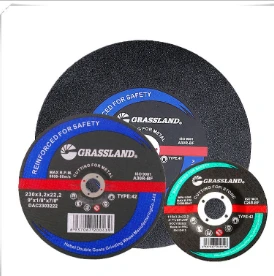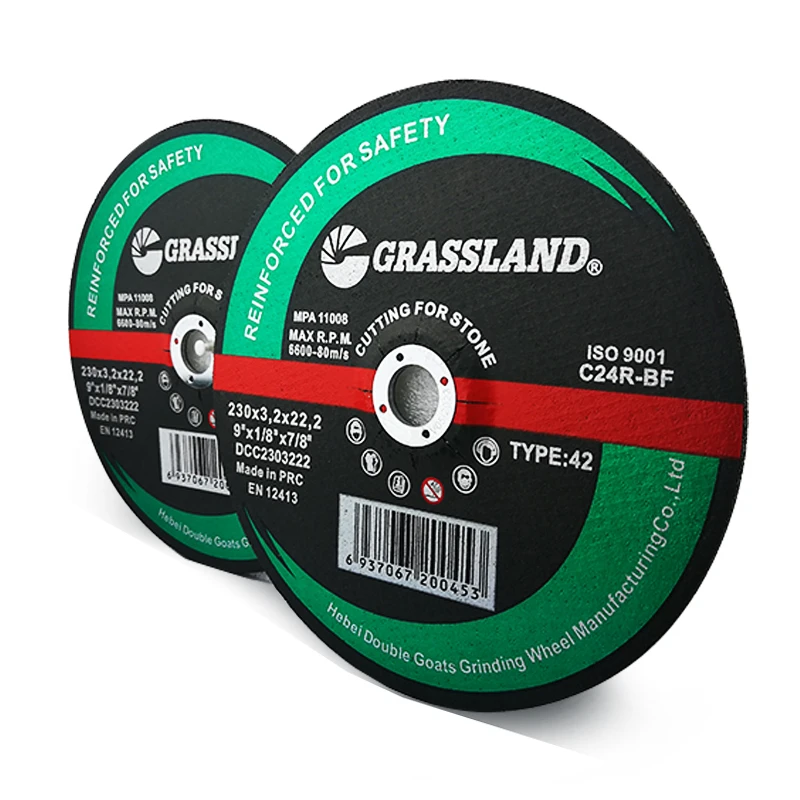

Another point of consideration is the cooling capability of the disc. The friction generated during grinding can cause significant heat build-up, which could lead to damage both to the disc and the granite. Many diamond discs are designed with special slots or openings to enhance airflow, which aids in cooling during operation. This design not only prolongs the life of the disc but also protects the integrity of the granite surface from thermal damage. Using a grinder disc effectively requires understanding the correct operating speed. Each disc is rated for certain RPM levels, and it's critical to ensure that your grinder operates within these limits. Exceeding the recommended speed can result in accidents and reduce the disc's lifespan. Additionally, maintaining consistent speed can help achieve a more uniform finish on the granite surface, ensuring your work is both professional and aesthetically pleasing. Sourcing your grinder disc from reputable manufacturers is another factor that impacts trustworthiness and quality. Established brands have a track record of reliability and often publish detailed specifications and guides to properly utilize their products. Investing in a trusted brand not only provides peace of mind but also typically results in better overall performance and longevity. In conclusion, choosing the right grinder disc for granite is about balancing several factors material, size, thickness, cooling features, speed compatibility, and brand reputation. Each project will have different requirements, so it’s essential to assess these elements carefully to make an informed decision. By doing so, you can enhance the feasibility and quality of your work, achieving a polished final product that meets professional standards. Through thoughtful selection and proper handling, you will not only optimize your time and efforts but also uphold the integrity of the granite surface, ensuring a beautifully finished piece.
Post time:Feb - 13 - 2025

















